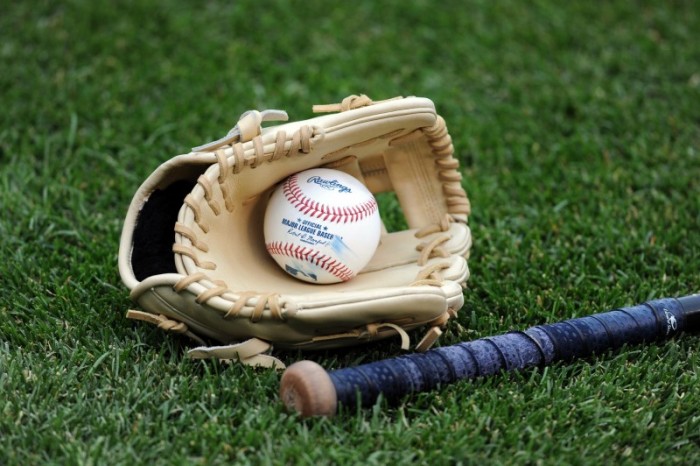The Milwaukee Brewers have avoided taking pitchers at the top of the draft under the David Stearns regime. In 2016, the club waited until the 3rd round before drafting hurler Braden Webb. In 2017, they used their round one and Competitive Balance Round A picks on position players prior to selecting Caden Lemons in the second round. And this past summer, the Brewers didn’t take their first hurler until the fourth round: junior college left-hander Aaron Ashby.
Ashby comes from a big league pedigree; he is the nephew of former MLB pitcher Andy Ashby, who also pitched at Crowder College before going on to a 14-year career that ended with a 4.12 ERA across more than 1,800 innings. Aaron himself finished with an impressive resume at Crowder, posting a 2.29 ERA across 74.2 innings in his final season while leading all Junior College pitchers in strikeouts (156) and strikeout rate (18.8 K/9). But his below-average control (5.18 BB/9) caused him to slip down to 125th overall, where he signed for a slightly above-slot $520,000 bonus.
Ashby began his career in the professional ranks in Helena, Montana, pitching for the Brewers’ Pioneer League affiliate. The bottom-line numbers say that he didn’t fare too well during his brief stint in rookie ball, as he worked to a 6.20 ERA while logging 20.3 innings. The Pioneer League is notoriously hitter-friendly, however, and the decent 19:8 K/BB ratio and 93 Deserved Run Average Minus (DRA- ) that he produced for Helena are probably more indicative of his true performance during those six outings (on a scale of 100, a DRA- below 100 is better than average). Ashby was never going to be long for rookie ball, and he was promoted to make his debut with the Class-A Wisconsin Timber Rattlers on July 29th.
Aaron would go on to make seven dazzling starts for Appleton to conclude his season, never allowing more than two earned runs in any of them. He tossed six shutout innings in his Midwest League debut against Kane County, and in back-to-back starts against Cedar Rapids on August 19th and Clinton on August 24th, he worked six innings while striking out 10 and 12 batters, respectively. All told, Ashby pitched 37.3 innings at Class-A with a 2.17 ERA, 47 strikeouts against a mere nine walks, and only one home run allowed. He limited opponents to a .233 True Average (TAv) even though he was stung by a .398 batting average on balls in play, and Ashby finished with a sterling Deserved Run Average that saw his work as 39 percent more effective than his Midwest League peers.
Free passes were Ashby’s biggest bugaboo as a collegiate hurler, but he was able to limit the walks quite well during his first 57.7 innings as a professional in 2018. His 2.7 BB/9 across two levels was nearly half his total during his last year at Crowder, though some scouts wonder how long that will continue as he begins to face more advanced hitters while climbing the minor league ladder. Ashby has a “funky,” high-effort delivery that makes it difficult for him to throw strikes at times, but it does add plenty of deception and helped him induce swings aplenty at pitches outside the strike zone against the Pioneer and Midwest League hitters.
The raw stuff is truly excellent, though. A moving fastball that routinely registers in the 91-94 MPH range; A plus curveball that has long been his go-to pitch and was graded by Baseball America as the best secondary offering of any Brewers’ pitcher drafted in 2018; A power slider that has “impressive depth and two-plane break,” that BA says Milwaukee’s development staff likes even better than the curve; and a changeup that doesn’t get used much, but projects as an average offering at maturity.
A role as a power reliever will always be there for Ashby to fall back on if the command issues creep back up in the future, but so long as he can continue refining his mechanics and adding strength to his 6’1″, 170 lb frame, Ashby could grow into a “really intriguing mid-rotation prospect” according to Baseball Prospectus’ Mark Anderson. He’ll no doubt be hoping to following the footsteps of fellow fourth-round pick Corbin Burnes, who also began as an intriguing prospect from a small college before blossoming under Milwaukee’s minor league coaching staff. Burnes fashioned himself into an integral part of Milwaukee’s big league roster within two years of being drafted; with some minor adjustments, Aaron Ashby could follow a similarly quick path to the majors.
